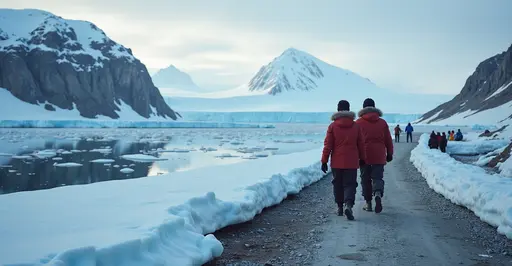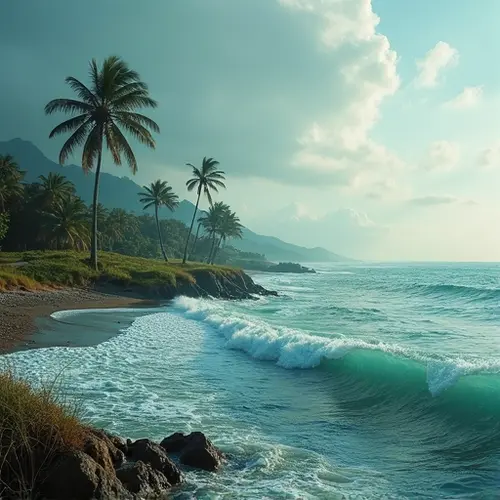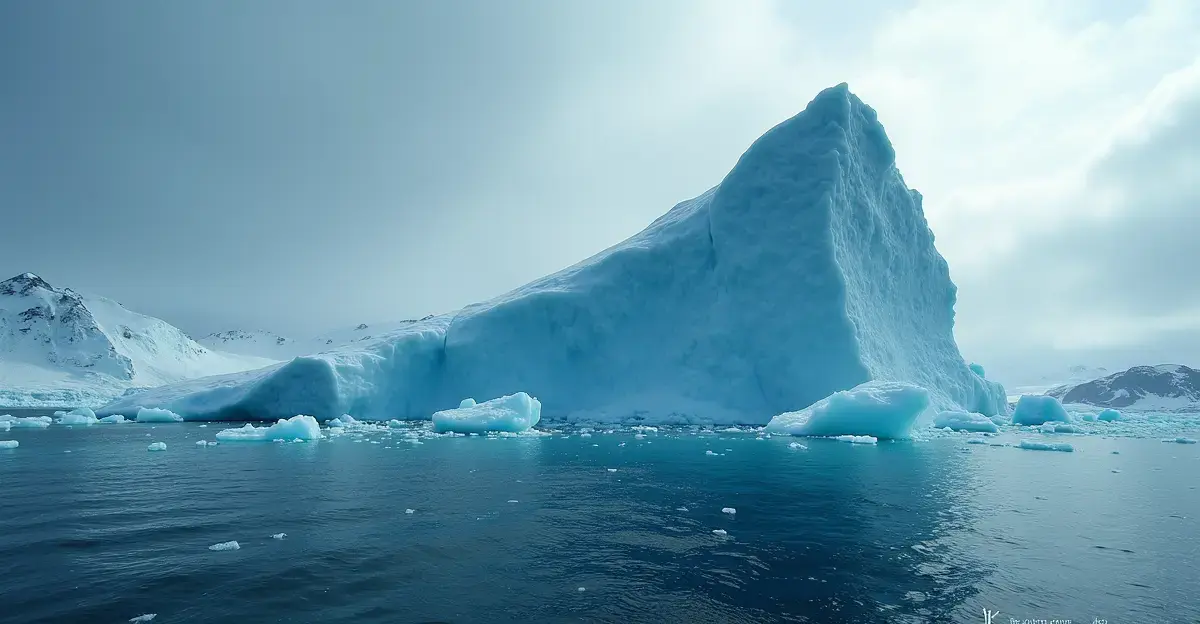Antarctic tourism may quadruple to 452,000 annual visitors by 2033, straining existing environmental safeguards. Researchers propose visitor caps and activity taxes amid industry assurances about self-regulation.

Antarctic Tourism Surge Tests Environmental Protections
Antarctica is facing unprecedented tourism growth, with visitor numbers projected to reach 452,000 annually by 2033. This 260% increase from current levels is raising urgent questions about environmental oversight in Earth's last wilderness.
Regulatory Challenges Intensify
The International Association of Antarctica Tour Operators (IAATO) reports 124,000 visitors traveled south during the 2023-24 season, mostly concentrated on the fragile Antarctic Peninsula. While IAATO enforces guidelines like:
- 100-person landing limits
- Biosecurity protocols
- Wildlife distance requirements
researchers argue these measures may prove insufficient against projected growth. "We're nearing a tipping point where self-regulation won't prevent ecosystem damage," warns Dr. Valeria Senigaglia of Queensland University of Technology.
Environmental Risks Multiply
Peer-reviewed studies highlight four primary concerns:
- Wildlife disruption to penguin colonies and seals
- Invasive species introduction via clothing/equipment
- Fuel spills from increased ship traffic
- Black carbon emissions accelerating ice melt
The Antarctic Treaty's requirement for Environmental Impact Assessments (EIAs) applies to all operators, but enforcement remains challenging across 55+ companies. Recent incidents include a 2024 near-grounding near Deception Island and multiple biosecurity violations.
Proposed Solutions
A new study recommends:
| Measure | Potential Impact |
|---|---|
| Site-specific visitor caps | Reduce congestion at sensitive locations |
| Activity-based taxation | Fund monitoring programs |
| Tiered operator certification | Reward best practices |
IAATO Executive Director Lisa Kelley counters: "Our 5% visitation decrease this season proves market forces naturally regulate growth. Our priority remains creating Antarctic ambassadors."
Treaty Nations at Crossroads
The upcoming Antarctic Treaty Consultative Meeting will debate mandatory visitor caps - a proposal previously blocked by major tourism nations. With climate change already transforming the peninsula (3°C warming since 1950), experts argue layered protections are crucial. "Antarctica's becoming a case study in whether we can love a place to death," notes polar policy analyst Mark Johnson.

 Nederlands
Nederlands English
English Français
Français Deutsch
Deutsch Español
Español Português
Português






